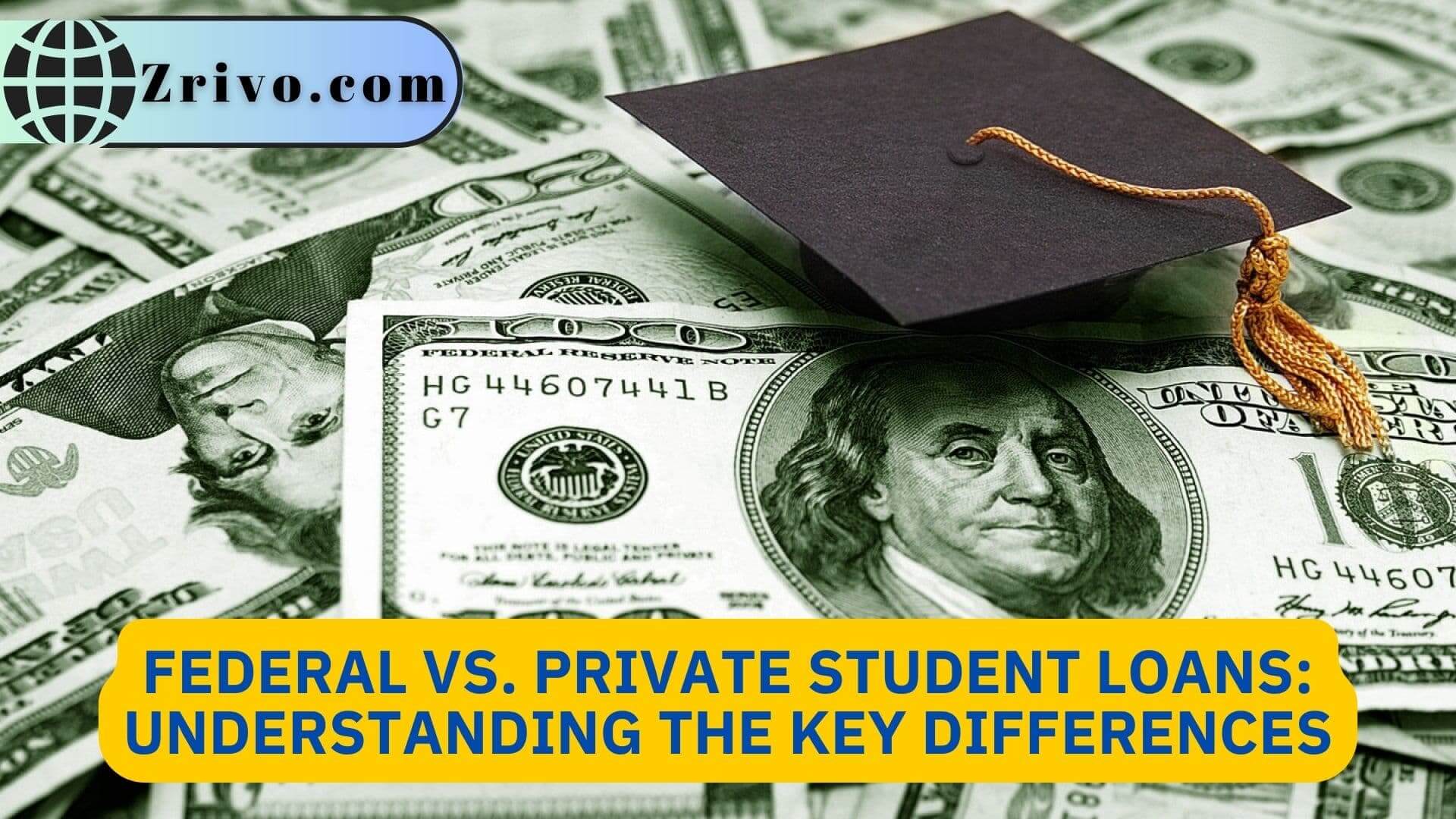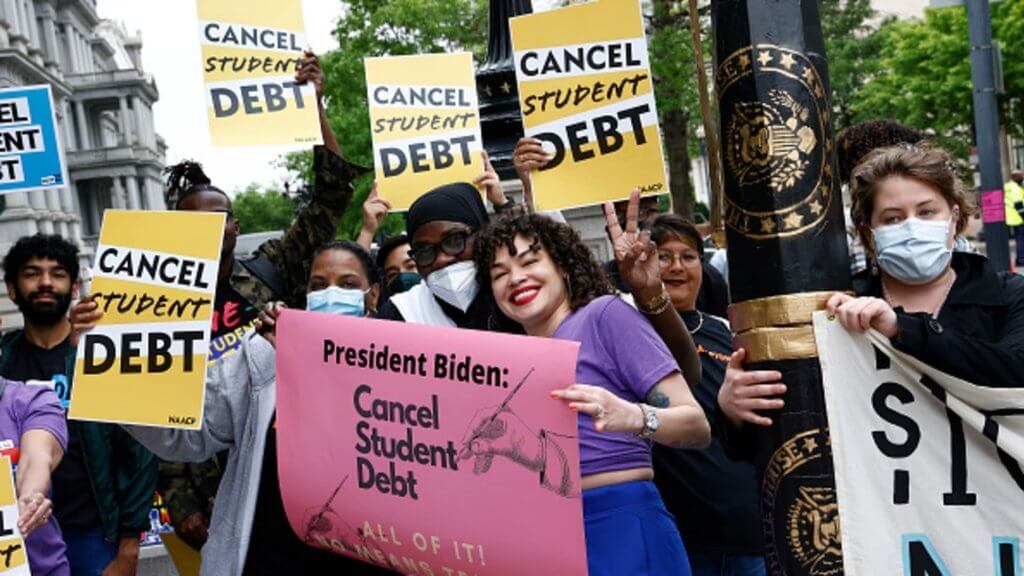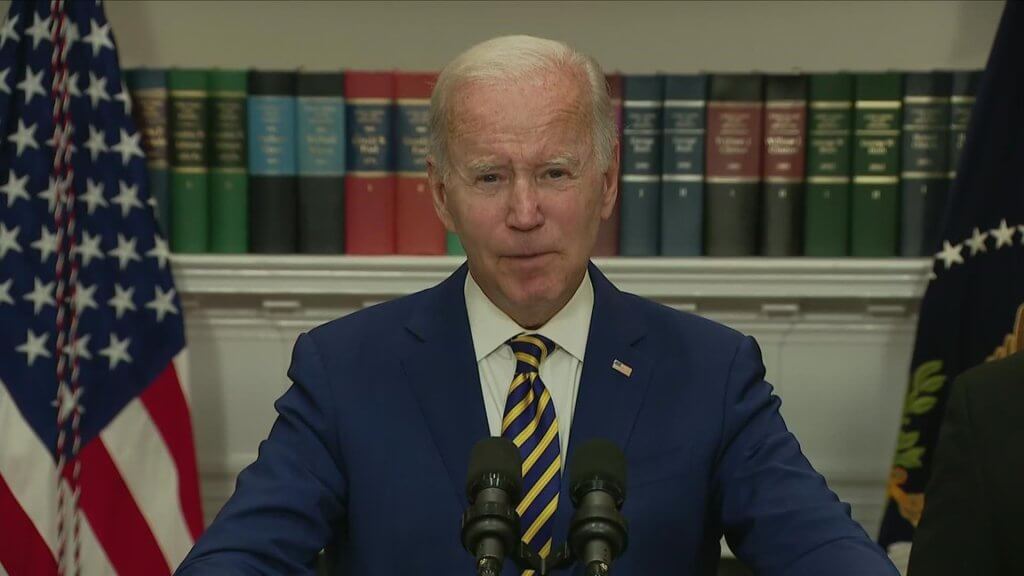
Navigating the world of student loans can be overwhelming, especially when choosing between federal and private loans. Both options have their unique benefits and drawbacks, and understanding the key differences can help you make informed decisions about financing your education. This comprehensive guide will explore the main distinctions between federal and private student loans, including eligibility, interest rates, repayment options, and more.
1. What are Federal Student Loans?
Federal student loans are funded by the U.S. Department of Education and offer various repayment options, forgiveness programs, and protections for borrowers. There are three main types of federal student loans:
- Direct Subsidized Loans: These loans are available to undergraduate students with financial needs. The government pays the interest on these loans while the student is in school and during deferment periods.
- Direct Unsubsidized Loans: These loans are available to undergraduate, graduate, and professional students, regardless of financial need. Borrowers are responsible for paying the interest on these loans at all times.
- Direct PLUS Loans: These loans are available to graduate or professional students and parents of dependent undergraduate students to help cover education expenses not covered by other financial aid. Borrowers must not have an adverse credit history.
2. What are Private Student Loans?
Private student loans are offered by banks, credit unions, and other financial institutions. They are typically used to supplement federal loans and other financial aid when those resources do not cover the full cost of attendance. Private student loans generally have more stringent credit requirements, and the terms and conditions can vary widely between lenders.

3. Eligibility and Application Process
One of the key differences between federal and private student loans is the eligibility and application process:
- Federal student loans: To be eligible for federal student loans, students must complete the Free Application for Federal Student Aid (FAFSA). The FAFSA is used to determine financial need and eligibility for various types of federal financial aid, including grants, work-study, and loans.
- Private student loans: Eligibility for private student loans is typically based on the borrower’s creditworthiness and ability to repay the loan. The application process varies by lender and may require a separate application in addition to the FAFSA.
4. Interest Rates and Fees
Interest rates and fees are another crucial distinctions between federal and private student loans:
- Federal student loans: Federal student loan interest rates are fixed and determined by Congress. These rates are generally lower than those offered by private lenders. Most federal student loans also have no application, origination, or prepayment fees.
- Private student loans: Interest rates for private student loans can be either fixed or variable, and they are determined by the lender based on the borrower’s creditworthiness. Private loans typically have higher interest rates than federal loans, and they may also include application, origination, or prepayment fees.
5. Repayment Options and Flexibility
Federal and private student loans also differ in terms of repayment options and flexibility:
- Federal student loans: Federal loans offer a range of repayment options, including income-driven repayment plans, extended repayment plans, and graduated repayment plans. Borrowers also have access to deferment and forbearance options, which can temporarily suspend loan payments in cases of financial hardship or other qualifying circumstances.
- Private student loans: Repayment options for private student loans vary by lender and may be less flexible than those offered for federal loans. Some lenders may offer deferment or forbearance options, but these are typically more limited than those available for federal loans.

6. Loan Forgiveness and Discharge Programs
Loan forgiveness and discharge programs are another key difference between federal and private student loans:
- Federal student loans: Borrowers with federal loans may be eligible for various loan forgiveness and discharge programs, such as Public Service Loan Forgiveness, Teacher Loan Forgiveness, and forgiveness through income-driven repayment plans. In certain situations, such as permanent disability or school closure, federal loans may also be discharged.
- Private student loans: Private student loans typically do not offer the same forgiveness or discharge options as federal loans. Some private lenders may provide limited forgiveness or discharge options under specific circumstances, but these programs are generally less comprehensive and more difficult to qualify for compared to federal programs.
7. Borrower Protections
Federal and private student loans also differ in terms of borrower protection:
- Federal student loans: Borrowers with federal loans have access to a range of protections, such as income-driven repayment plans, deferment and forbearance options, and loan forgiveness programs. Additionally, federal loans have certain discharge provisions in cases of death or permanent disability.
- Private student loans: Borrower protections for private student loans vary by lender and are typically more limited than those offered for federal loans. Some private lenders may offer deferment or forbearance options, but these are generally less comprehensive than federal loan protections.
8. Cosigners and Credit Requirements
The role of cosigners and credit requirements also differ between federal and private student loans:
- Federal student loans: Most federal student loans do not require a cosigner or a credit check, making them more accessible to borrowers with limited or no credit history. The exception is Direct PLUS Loans, which require a credit check and may require a cosigner if the borrower has an adverse credit history.
- Private student loans: Private student loans typically require a credit check and may require a cosigner if the borrower has a limited or poor credit history. The creditworthiness of the borrower and cosigner can impact the interest rate and loan terms offered by the lender.
Frequently Asked Questions (FAQ)
Should I prioritize federal or private student loans when financing my education?
It’s generally recommended to prioritize federal student loans due to their lower interest rates, more flexible repayment options, and borrower protections. Private student loans can be used to supplement federal loans and other financial aid if needed.
Can I have both federal and private student loans?
Yes, many students have a combination of federal and private student loans. It’s essential to carefully manage both types of loans and understand the different repayment options and requirements.
Can I consolidate or refinance my federal and private student loans together?
Yes, you can consolidate or refinance both federal and private student loans. However, refinancing federal loans with a private lender will cause you to lose access to federal repayment plans, forgiveness programs, and certain protections.
Understanding the key differences between federal and private student loans is essential for making informed decisions about financing your education. While federal loans generally offer more favorable terms, lower interest rates, and borrower protections, private loans can be useful for covering additional education expenses not covered by federal aid. By carefully weighing the pros and cons of each option and considering your financial situation and goals, you can develop a strategy for managing your student loans and investing in your future.